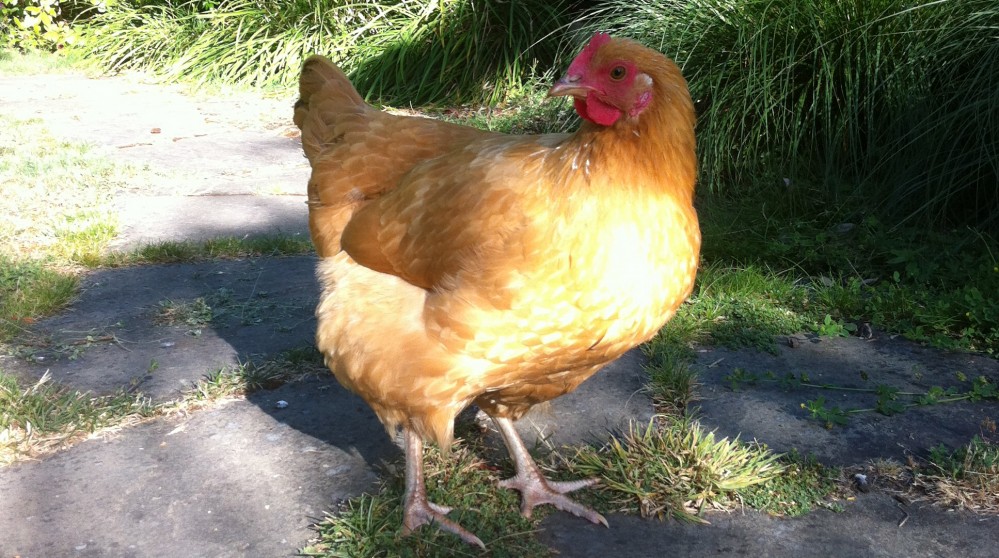This site was created for Applied Biology 318: Scientific Assessment of Animal Welfare and Ethics at the University of British Columbia.
My name is Kristina Knappett, and this is an overview of my term paper on the comparative welfare of 3 major commercial hen housing systems: cages (battery and enriched), free run (incl. aviary) and free range.
Take a look around and be sure to check out the references for more information.
Introduction/history:
Modern fowl were domesticated from Red Jungle Fowl in South East Asia over 8000 years ago (Elson, 2011). Until the mid 20th century, hens were mostly kept by peasants in small flocks and were barnyard scavengers.
After the 1st world war, production increased dramatically, and larger flocks (about 250 birds per hectare) were kept in free range systems (Elson, 2011). Eventually caged systems were introduced as a way of reducing costs.
While 95 percent of Canada’s 26 million egg laying hens live in battery cages (Humane Society International, 2012), increasing consumer interest in animal welfare has driven many national bans on battery cages (including the EU), thus accelerating exploration of alternative housing systems.
Many argue that cages, free run and free range systems all offer benefits in terms of different animal welfare aspects. Despite advantages and disadvantages in terms of health, hygiene and cost between systems, only well managed free range housing systems allow hens to express all facets of natural behaviour and thus provide the most ethical housing environment.
